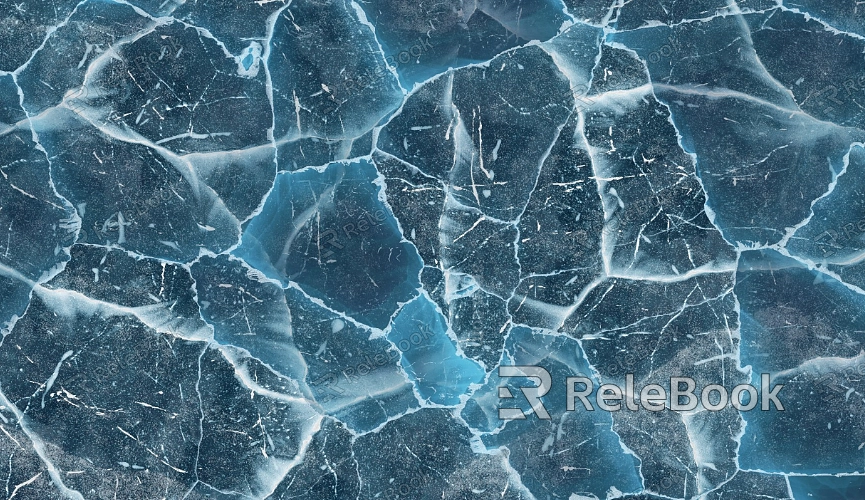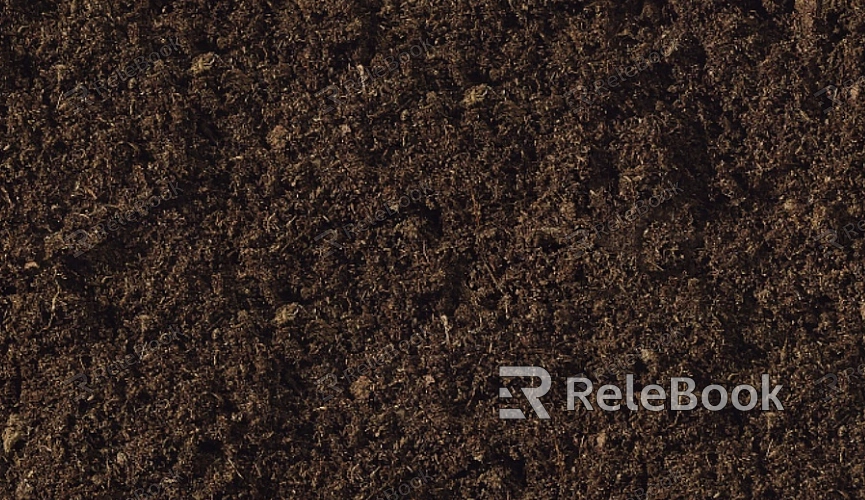How to Make Realistic Textures for 3D Models
Creating realistic textures for 3D models is essential for bringing visual life and detail to your creations, whether it's characters, environments, or props. Realistic textures are crucial in various industries, such as gaming, film, architectural visualization, and product design. Popular software tools for creating high-quality textures include Blender, 3D Coat, Substance Painter, and Photoshop. This guide will walk you through the process of creating realistic textures for 3D models using these tools, helping designers elevate their work and achieve lifelike 3D effects.

1. Gather High-Quality Reference Images and Define the Style
Before diving into texture creation, collecting high-quality reference images is essential. These references help in understanding the material’s fine details and provide color, lighting, and texture structure guidelines.
Start by defining the final style of your project—whether it is realistic, stylized, or cartoonish. This will ensure that your textures maintain consistency throughout the process. Realistic textures focus on accurately replicating materials' feel, while stylized textures may emphasize color and simplified shapes.
With the style and level of detail defined, you can make more informed decisions when selecting textures, colors, and material effects, guiding the entire process.
2. Choose the Right Base Color and Material Type
Select a base color that matches the material characteristics of your model. For example, metals often use shades of gray or silver, while fabrics might have softer, more varied hues.
In software like Substance Painter, you can quickly apply predefined material templates, which provide base effects for metals, wood, fabric, and more. Adjusting material properties like glossiness and roughness helps simulate the texture's tactile qualities, which adds realism as you layer additional textures later.
3. Layer Textures to Build Complexity and Detail
A key method for enhancing realism is by layering multiple texture maps. By stacking different textures with varying colors, roughness, and opacity, you can gradually build complexity and detail on your model’s surface.
For materials like fabric and wood, start with a base layer and then add wear, stains, or wrinkles to further detail the material. Adjust the opacity and blending mode of each layer to ensure a smooth transition between textures, creating a natural-looking final effect.
4. Add Wear and Aging Effects
Wear and aging are essential for many realistic materials, especially metals, stones, and leather. Using custom brushes in programs like Substance Painter, you can gently add worn areas to simulate signs of use and age.
Apply wear effects by brushing away the paint in specific areas or using subtle blending techniques to create smooth transitions at the edges. This will help enhance the realism of the model, especially in objects that show heavy use, like weaponry or worn furniture.
5. Use Noise to Add Surface Detail
Materials such as stone, concrete, and skin often feature subtle surface granularity, which can be simulated using noise effects. Using a suitable splatter brush, you can layer varying noise intensities over the model, particularly in shadowed or creased areas.
Be cautious with noise intensity to avoid excessive texture buildup. Properly applied, noise effects will help your model’s surface feel more organic and realistic, adding texture complexity.
6. Add Detailed Texture Lines to Mimic Structure
Some materials, such as wood or fabric, feature line-based textures that give them structure. These can be drawn on with fine brushes or line tools.
Using lighter or darker shades, trace texture lines in the proper direction and thickness to match the real material’s characteristics. By adjusting opacity, these lines will blend seamlessly into the overall texture, maintaining the model's cohesiveness.

7. Adjust Textures Based on Lighting Effects
Lighting plays a major role in how materials appear. In programs like 3D Coat or Substance Painter, use lighting previews to observe how your textures react under different light sources.
Adjust specular highlights and shadowing to enhance the model’s depth and dimensionality. By adding finer details, such as reflections on smooth surfaces or roughness in shadowed areas, you can create more realistic-looking materials that reflect the nuances of real-world lighting.
8. Create High-Resolution Maps
Once you’ve finished adding texture details, it's time to export high-resolution texture maps like normal maps, displacement maps, and specular maps. These maps ensure that your textures remain crisp and clear during the rendering process.
Choose appropriate map sizes, such as 4096x4096 or 2048x2048, to maintain clarity and detail. Different maps serve various purposes—normal maps can simulate bumps or grooves, while specular maps control reflectivity—enhancing the visual richness of your model.
9. Preview and Fine-Tune Texture Effects
Once your textures are applied, preview the final result in your rendering software. Examine the textures from different angles and lighting conditions to ensure they behave as expected.
Make necessary adjustments to shadows, glossiness, and detail levels to refine the final look. Once satisfied, save the textures for future use, allowing you to optimize workflow efficiency for other projects.
Creating realistic 3D textures requires combining multiple techniques, including layering textures, adding light and shadow effects, and focusing on fine details. By following these steps, you can bring vibrant realism to your 3D models.
If you're looking for high-quality 3D textures, SketchUp models, or 3ds Max models to help bring your creations to life, Relebook offers a wealth of resources to assist you in achieving stunning visual results in your projects.

